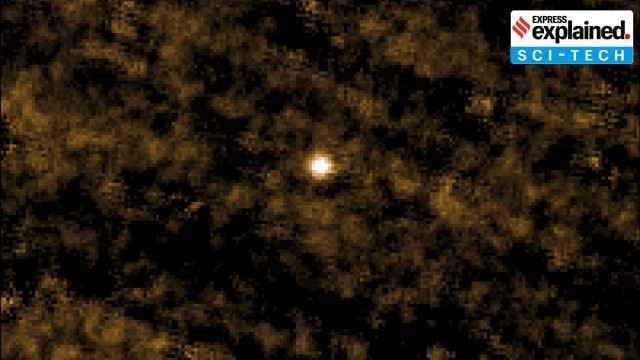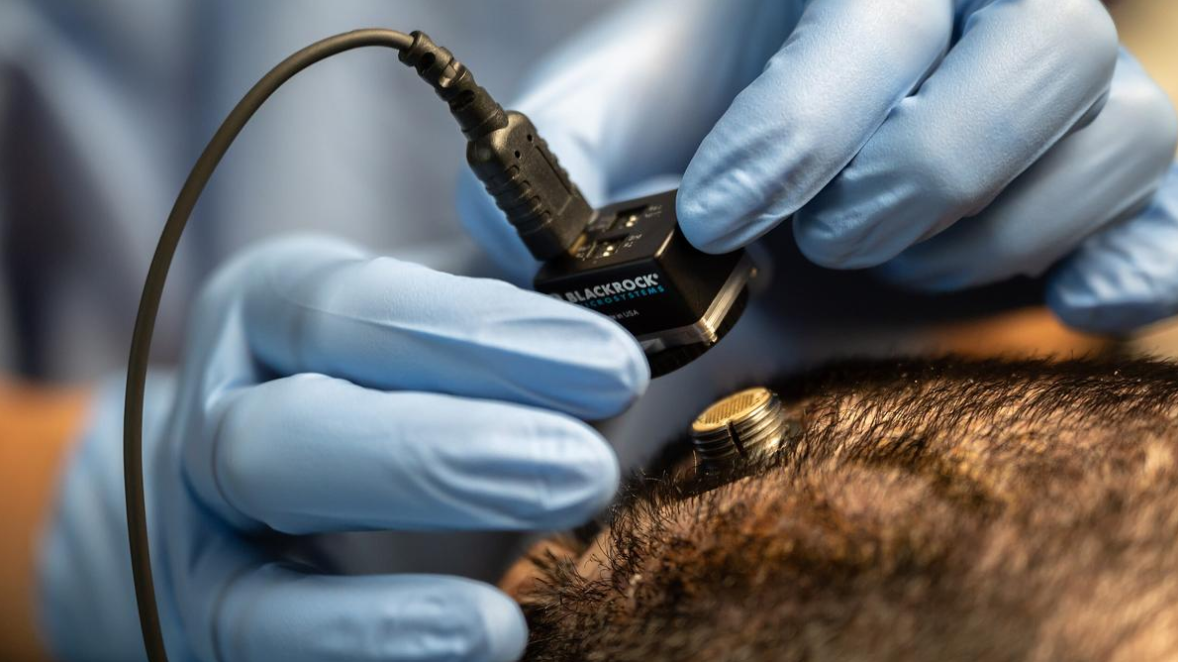



Researchers discovered Labrys portucalensis F11, a bacterium that degrades PFAS ("forever chemicals") by breaking carbon-fluorine bonds. This offers a sustainable solution for cleaning contaminated soil and water. Challenges include optimizing degradation rates and scaling applications like wastewater treatment and landfill remediation, potentially revolutionizing PFAS cleanup efforts.

Copyright infringement not intended
Picture Courtesy: Scitechdaily.com
A research team led by the University at Buffalo has discovered a strain of bacteria capable of breaking down and transforming Per- and polyfluoroalkyl substances (PFAS).
The University at Buffalo team discovered a bacterial strain, Labrys portucalensis F11, isolated from contaminated soil in Portugal, that breaks down multiple types of PFAS (per- and polyfluoroalkyl substances) and their toxic byproducts.
This bacterium breaks down the strong carbon-fluorine bonds in PFAS, offering a potential solution for cleaning up these persistent pollutants.
PFAS contain ultra-stable carbon-fluorine bonds, resisting natural degradation. The F11 strain’s ability to dismantle these bonds—and even break down metabolites—offers a sustainable, biological solution to eliminate PFAS from contaminated environments instead of merely containing them.
In controlled lab conditions:
Most methods, like filtration or incineration, capture or destroy PFAS physically or chemically. F11 offers a biological degradation pathway, transforming PFAS into harmless components while addressing toxic metabolites—a dual advantage previous techniques lacked.
The bacteria currently take 100+ days to degrade PFAS, and efficiency drops if alternative carbon sources are present.
Researchers aim to optimize F11’s PFAS consumption rate by balancing nutrient availability—ensuring the bacteria prioritize PFAS without “ignoring” them for easier energy sources.
Potential applications include:
Must Read Articles:
A NEW SENSOR DETECTS HARMFUL 'FOREVER CHEMICALS'
Source:
|
PRACTICE QUESTION Q.In the question given below, there are two statements marked as Assertion (A) and Reason (R). Mark your answer as per the codes provided: Assertion: F11 bacteria can degrade PFAS compounds because they have evolved to use chemical pollutants as an energy source. Reason: Bacteria in contaminated environments adapt to break down organic contaminants like PFAS to survive. Which of the options given below is correct? A) Both A and R are true, and R is the correct explanation for A. B) Both A and R are true, but R is not the correct explanation for A. C) A is true, but R is false. D) A is false, but R is true. Answer: A Explanation: Assertion (A) is true because certain bacteria, such as F11, have demonstrated the ability to degrade PFAS compounds, likely through evolved metabolic pathways. Reason (R) is also true, as bacteria in contaminated environments often adapt to break down pollutants to survive, aligning with principles of natural selection. R correctly explains A because the adaptation described in R (breaking down contaminants to survive) directly supports the assertion that F11 bacteria evolved to use pollutants like PFAS as an energy source. The survival advantage in contaminated environments drives such evolutionary adaptations. |






© 2025 iasgyan. All right reserved